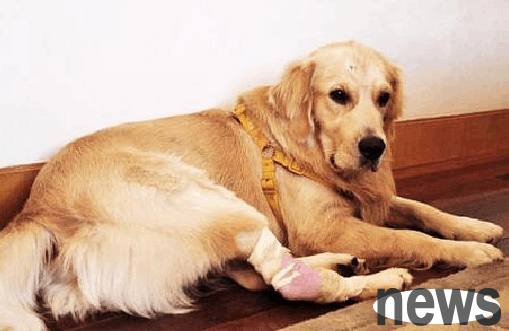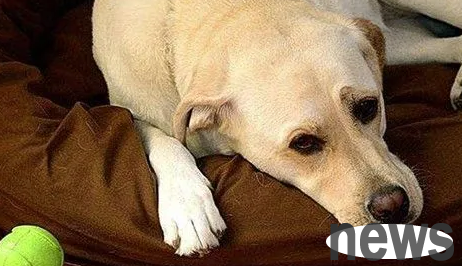Can infectious arthritis refers to arthritis caused by pathogenic microorganisms invading the joints.
1. Causes of dog infectious arthritis
1. Exogenous joint infection is common after arthritis penetration, direct infection of pathogenic bacteria or spread of suppurative inflammation of the same tissues around the joint.
2. Hematogenous infection, which refers to the pathogens of primary lesions such as pneumonia, umbilical cord inflammation, and urinary tract infection infect the joints through blood circulation.
3. Isogenic infections are seen in surgical contamination such as arthrotomy and articular apnea.

2. Key points of diagnosis of canine infectious arthritis:
a), X-ray examination:
1. Early X-rays show thickening of the joint synovium and joint capsule and widening of the joint cavity. As the condition worsens, joint damage occurs, sparse tissue around the joints, irregular joint surfaces, and some manifest fibrous or bone-like joints.
2. Synovial degeneration and leukocyte growth in joint puncture, and most of them are neutrophils.
3. Puncture bacterial culture can be performed to determine the type of bacterial infection, but it is difficult for bacterial culture to detect results after antibiotic treatment.
b), Clinical symptoms:
1. The joint is swollen, heat and pain, a large amount of serous, fibrous or purulent exudate accumulated in the joint cavity, the joint capsule expands, and the pressure causes a fluctuation.
2. The affected limb is lame, often accompanied by an increase in body temperature; after a long time, the joint cartilage will be damaged, the subchondral bone will be eroded, the periphery of the joint bone will be hyperplasia, and the synovial thickening; it can develop into fibrous or osteopathic joint healing, and the joint is tough or dead joints.

3. Prevention and treatment measures for dog infectious arthritis:
1. According to bacterial culture and drug sensitivity tests, bacteria-sensitive antibiotic cords can be selected and used for several weeks until the infection subsides. Intravenous administration can be given for 48 hours to quickly control infection.
2. Move the joints appropriately to prevent joint adhesions in sick dogs, but it is not advisable to carry weights within 3 to 4 months to avoid wear and damage to the joint cartilage.
3. When too much pus accumulates in the joint, it can be punctured or incised, and a drainage tube can be placed to facilitate the discharge of purulent secretions and rinsing. Rinse with sterilized isotonic solution once a day.
4. For those with a long course of illness, the articular cartilage and joint bone are generally damaged more severely. After inflammation is controlled, it is easy to turn into degenerative joint diseases, and it is difficult to recover functions.